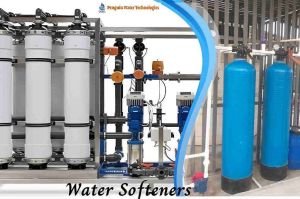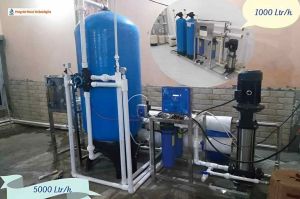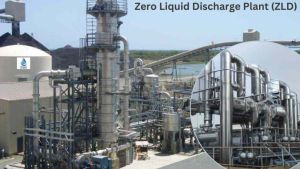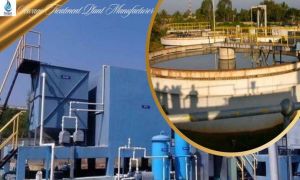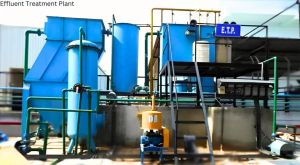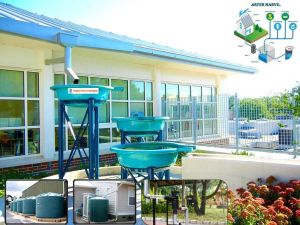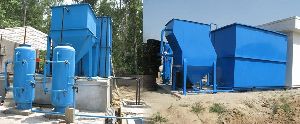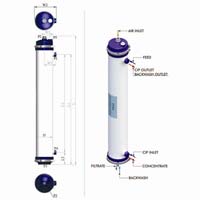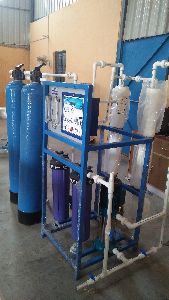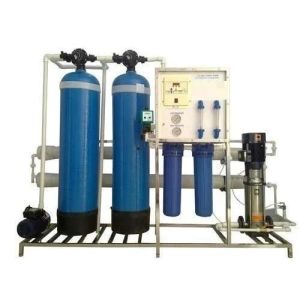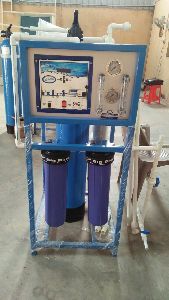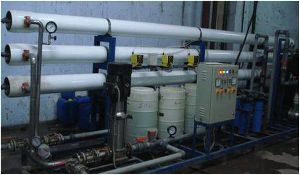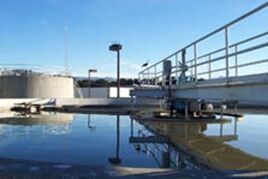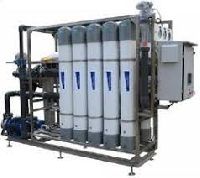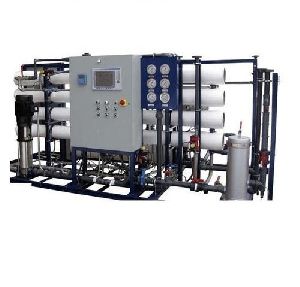- FeaturesPollution Control, Efficient Resource Utilization, Water Conservation
- TypeEffluent Treatment Plant
Common Effluent Treatment Plant (CETP) is an advanced procedure of collecting, treating, & disposing of effluents from industrial estates. Although, the effluent comprises domestic sewage & industrial wastewater produced from industrial plants. On the other hand, we can say that CETPs play an important role in managing wastewater from residential areas and industries. Also, it helps in promoting environmental sustainability & safeguarding water resources simply by treating & reusing wastewater. The CETP process typically includes the steps such as Sludge Management, Preliminary Treatment, primary treatment (like flotation or sedimentation), secondary treatment (like biological processes), & tertiary treatment (like disinfection or filtration). Pollution Control CETP plays an important role in controlling & minimizing pollution in the industrial areas. Also, it helps to preserve water quality & safeguard the ecosystem. Efficient Resource Utilization CETP allows the effective utilization of resources like land, water, & energy. Water Conservation These plants often include water reuse & recycling systems. Categories of Common Effluent Treatment Plants: Well, Common Effluent Treatment Plants are divided into two categories: One is Homogeneous & another is Heterogeneous. Homogeneous: Homogeneous CETPs are specially designed for treating wastewater from industries that have the same characteristics & produce effluents with the same compositions. On the other hand, we can say that homogeneous CETP includes industries that have similar kinds of pollutants & require the same treatment processes. Heterogeneous Although Heterogeneous CETPs are the opposite of Homogeneous CETPs, they are specially designed for treating wastewater from those industries that have various characteristics & produce effluents with different compositions.


